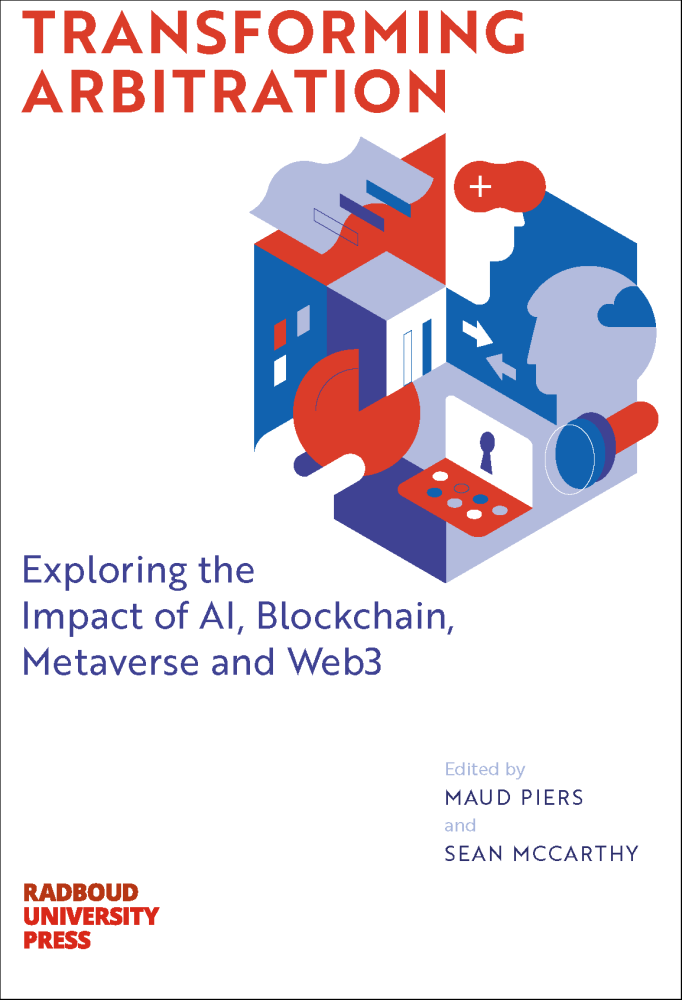Picking the Proper Technological Tool for Problem-Solving in Arbitration
Synopsis
Amy J. Schmitz takes a step back and stresses the importance of a cautious approach to integrating technology into dispute resolution. She examines the rise of what she calls OArb, a term used to define arbitration that integrates the use of technology to facility the procedure, and explores its potential to improve access to justice. More specifically, she delves into the roles of AI, blockchain, and the metaverse in arbitration, discussing their respective benefits and challenges. With AI, she emphasizes the need for responsible implementation to address concerns like bias and privacy. Regarding blockchain, she explores its potential for transparent and decentralized dispute resolution systems. In the metaverse, she examines the possibilities of virtual arbitration hearings and the associated challenges. Amy advocates for a holistic approach to integrating technology in arbitration, emphasizing clear goals, stakeholder involvement, contextual understanding, appropriate structures, resource allocation, and accountability. She underscores the importance of technology complementing the core principles of arbitration rather than overshadowing them.
Downloads
Pages
Published
Series
Categories
License

This work is licensed under a Creative Commons Attribution-NonCommercial-NoDerivatives 4.0 International License.


